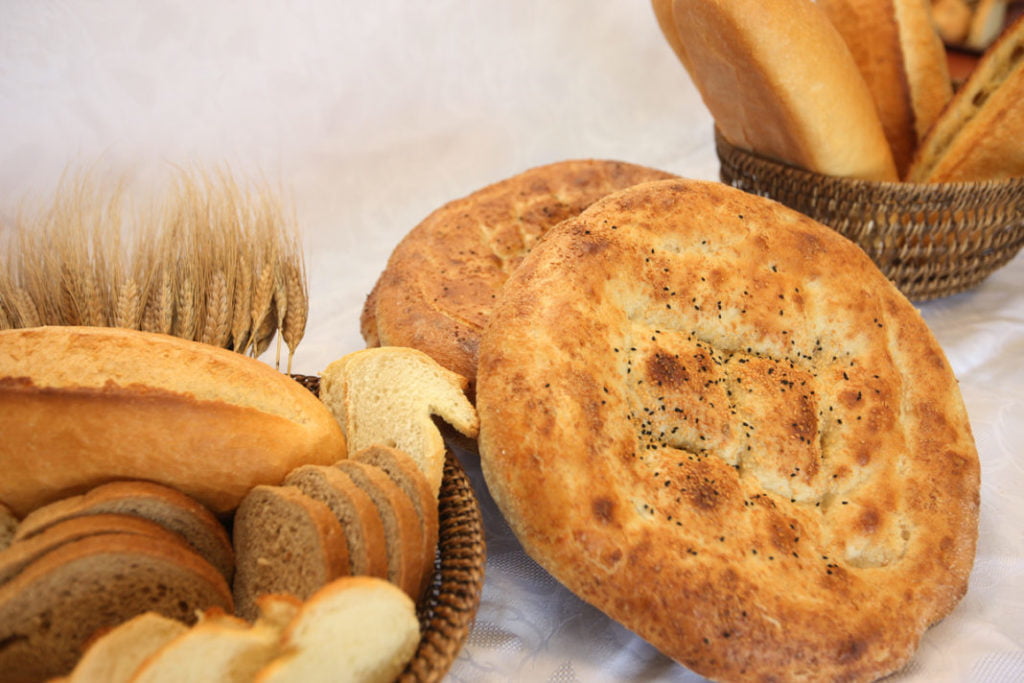“It is essential to have bread during the meal” is the first principle laid down by Türkiye’s Association of Cuisine Professionals. That bread is present when eating be done is as binding as a religious commandment.
Bread holds a revered place in Turkish culture, both as a dietary staple and as a symbol of divine blessing. The importance of bread is so ingrained that Türkiye’s Association of Cuisine Professionals considers it essential for every meal, almost as if it were a religious obligation. Bread, alongside water, is viewed as holy, with even the smallest crumb treated with reverence. Turks have a practice of kissing a piece of bread found on the street before placing it in a higher spot, acknowledging its sacredness.
In Türkiye, one could easily sustain themselves on bread alone due to the sheer variety available. From the sesame-studded simit enjoyed at breakfast, to crusty bread with cheese for lunch, and the flavorful lahmacun (Turkish pizza) for dinner, bread is a constant companion throughout the day. Even a midnight snack can include boza, a fermented millet drink often accompanied by bread.
Bread in all shapes and sizes
Ekmek is the general term for bread of any sort but these days spongy white sourdough loaves are found everywhere. It can be shaped into oblongs, circles, long tubes, plaits or small rolls, glazed with egg yolk or milk, sprinkled with sesame, poppy or nigella seeds, or just left plain. It is usually made with strong white flour, to which a little wholemeal flour is sometimes added.
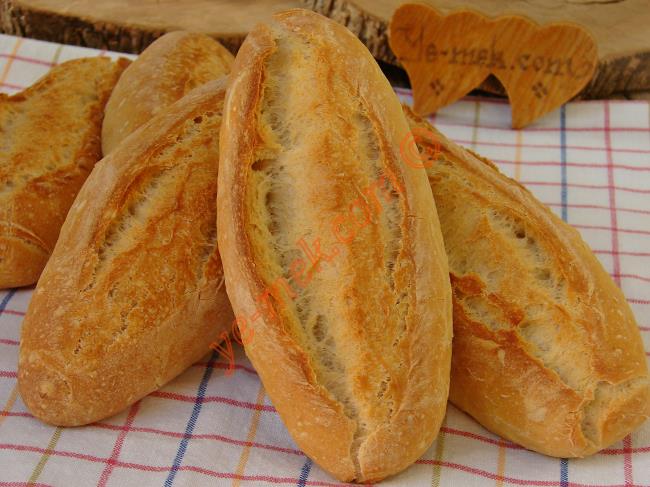
Pide (flatbread) is basic homemade village fare as well as a pouch for döner and a base for pizza.
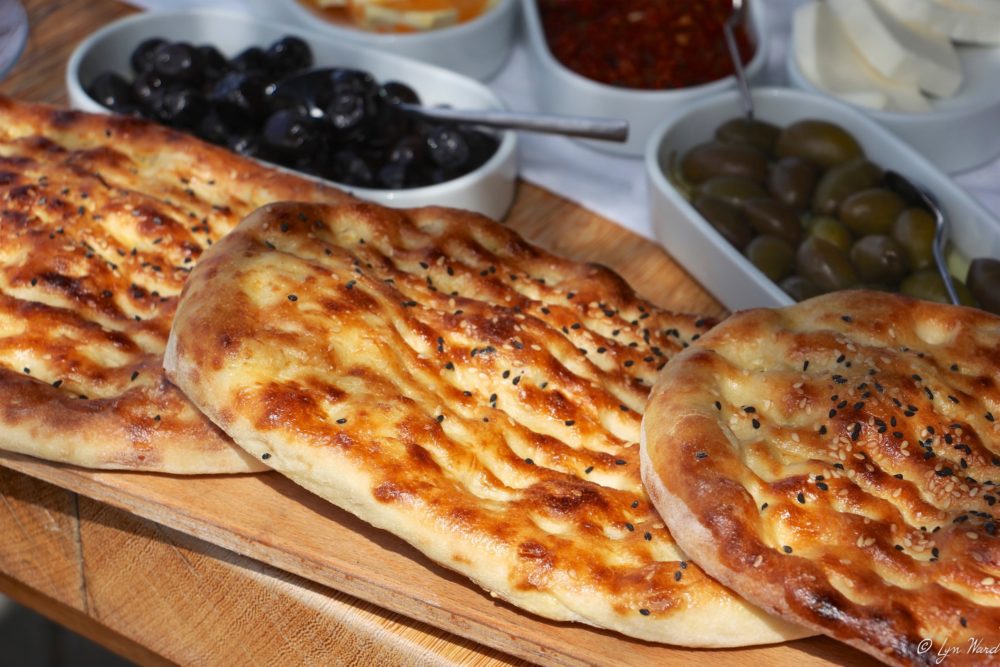
Lavaş (thin crispy bread) is yeast free but ballons exuberantly when cooked.
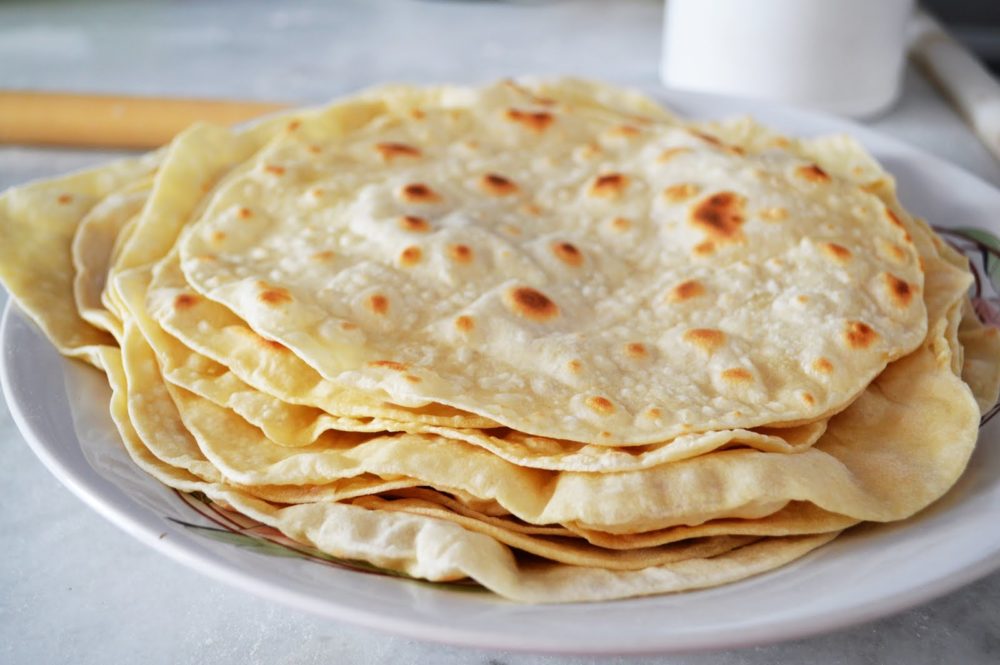
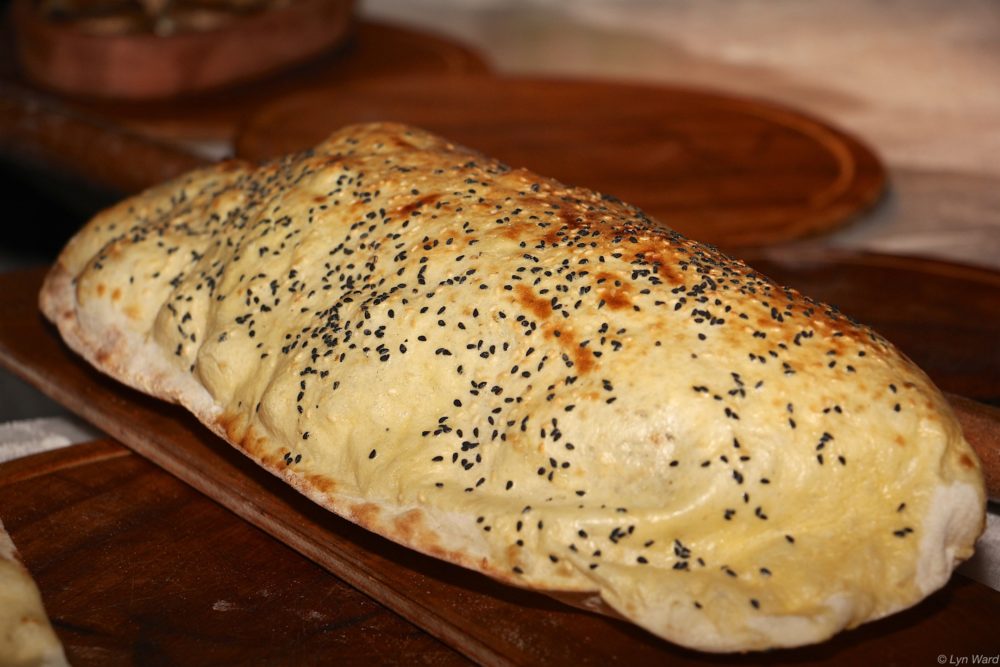
The chewy simit is sold in every town square and on just about every street corner in Türkiye.

Turks are inclined to eat their bread plain, in between mouthfuls of food or with a little salt. Butter isn’t usually offered but as most restaurants will have a pat available, you can probably get some to spread on your slice.
Ramazan Pide
During Ramazan (the month of fasting), normal loaves are sold in the mornings, but pide with çörekotu (black cumin seeds) is sold in the afternoons so hungry people have something special with which to break the day’s fast. You can still find this pide for the rest of the year although it’s not as plentiful.
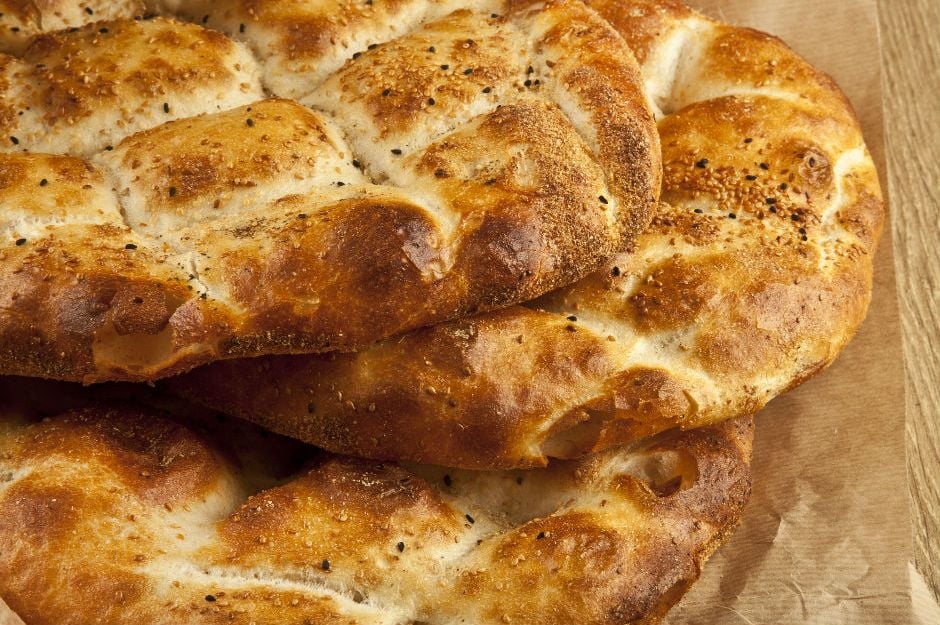
Lahmacun
Lahmacun is a type of pizza, most often topped with ground meat, onion, chilli and parsley. Other possible toppings include cheese, meat pieces and sausage. The classic lahmacun is oval and about a foot long, though restaurants may make palm-sized portions.
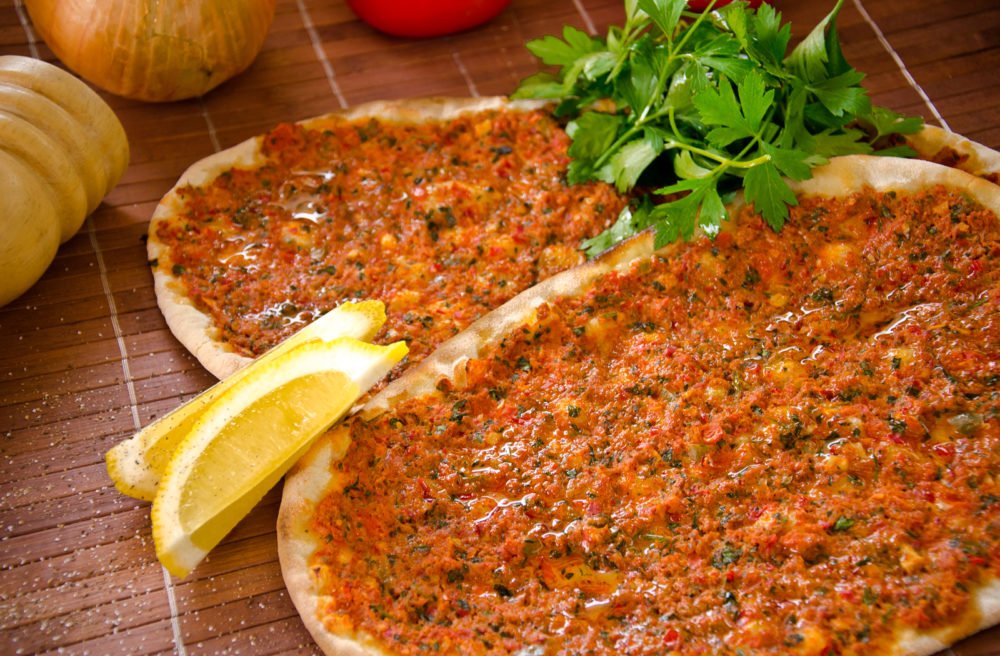
Each region has its own way of making lahmacun. For example, in Antep they’re made with garlic but no onion and in Samsun they’re made in boat shapes with filling-hugging edges.

The best come from big woodfire ovens and are paddled in and out on wooden oars.
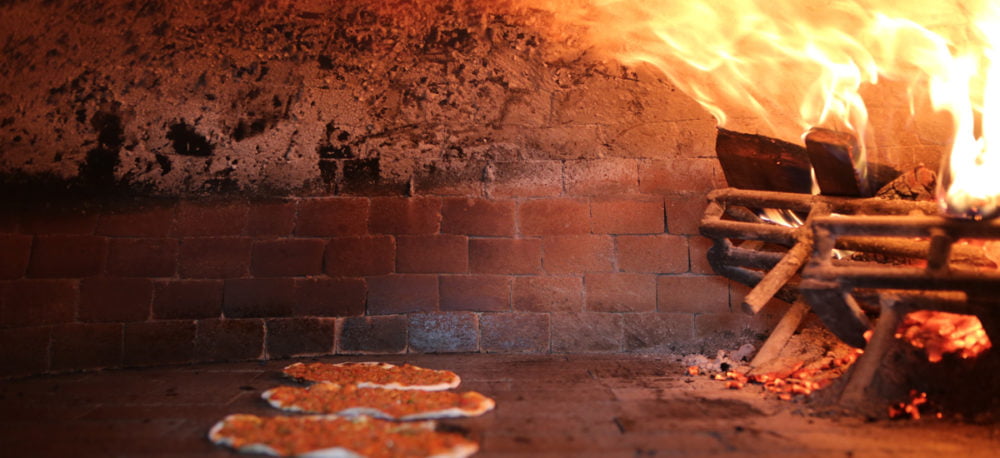
When you’re not doing it daintily, lahmacun is eaten as follows: slice it into strips, drizzle with lemon, daub it with chunks of tomato, roll it up and eat it with your fingers. Once it’s finished, you can eat the debris off your hands and arms.
You can eat your lahmacun with a knife and fork, but it’s not as much fun!
Is there bread on the hook?
An ancient tradition in Türkiye, Askıda Ekmek, embodies the spirit of paying it forward through bread. This custom involves leaving a loaf of bread “on the hook” for someone in need, ensuring that everyone has access to this essential, sacred food.

Click on the link below to read an interesting article by Lisa Morrow which explains Türkiye’s ancient tradition.
Turkey’s ancient tradition of ‘paying it forward’
Sources: World Food Turkey/ Daily Sabah/BBC
This article was first published on 25 June 2021.
Other articles that may interest you

